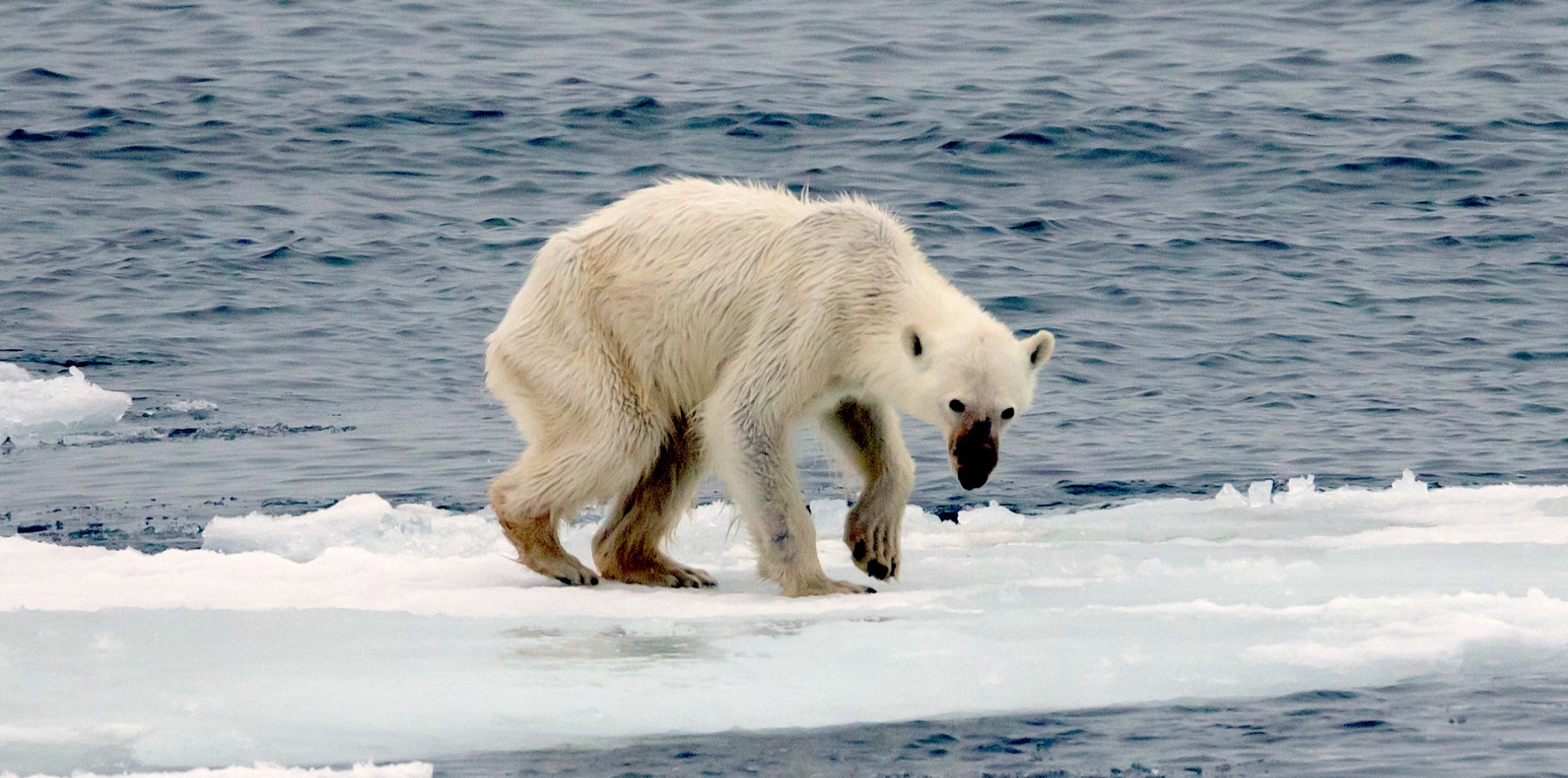
The Arctic is covered in a constantly shrinking and expanding area of sea ice. Climate change, however, has led to rising temperatures, shrinking the average area covered by ice. One of the most visible impacts is the threat posed to the 20,000 to 30,000 polar bears who live in the Arctic.
Polar bears rely on sea ice to hunt seals, as well as to rest and breed. In fact, the bears are so intimately connected to sea ice that they are classified as marine mammals. Research suggests that sea ice fragmentation and decline could drive this already threatened species to extinction in a matter of decades.
A new study published in the journal Science in June appears to provide a glimmer of hope for the bears’ resilience. It describes a remote population of polar bears in south-eastern Greenland that seems to have survived for hundreds of years, despite having limited access to sea ice.
The research shows that this genetically and behaviourally distinct population has been able to maintain itself in a habitat with sea ice conditions that resemble what is predicted for much of the Arctic by late this century. The study has been widely reported, with some headlines even suggesting it casts doubt on the risk of climate change to polar bears.
However, the researchers have cautioned against such overly optimistic interpretations of their data. The study has also shown that these south-eastern polar bears are able to make up for the absence of sea ice by navigating freshwater glacial ice sheets that protrude from the region’s many fjords into the sea instead. The glacial ice provides a supplemental “floating landscape” that has become essential for their survival.
So although the new research does provide hope for small pockets of bears, this special type of glacier habitat is relatively rare across most of the Arctic, and unlikely to sustain the number of bears it would need to in order to mitigate the predicted and ongoing impacts of climate change. The answer to the threat to polar bears, and to us humans, must still be to protect the Arctic from continued sea ice melt.
This piece is a preview from our New Humanist autumn edition. Subscribe here.

